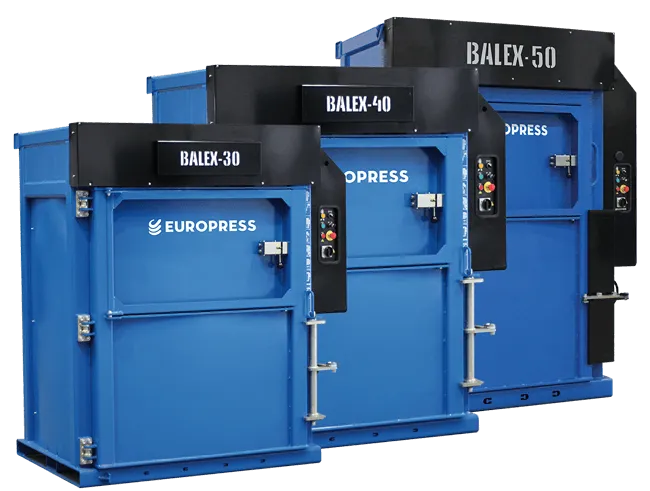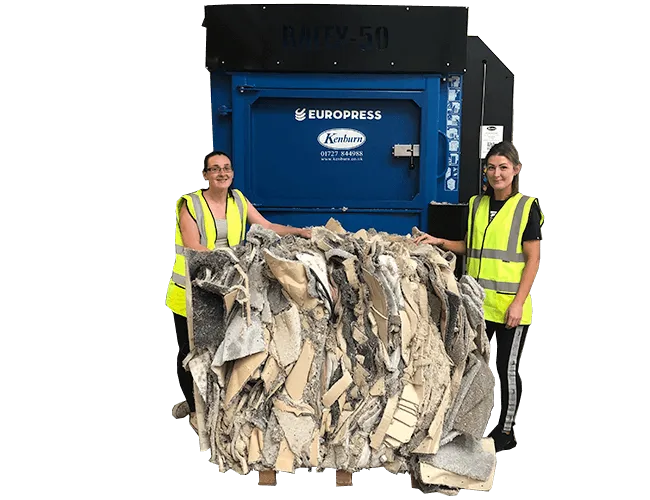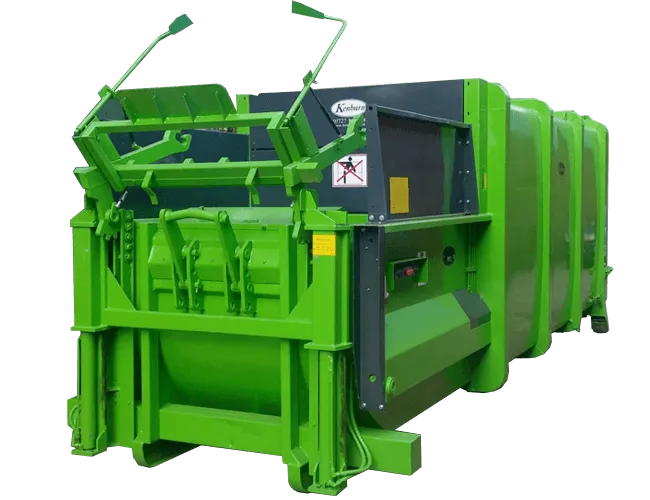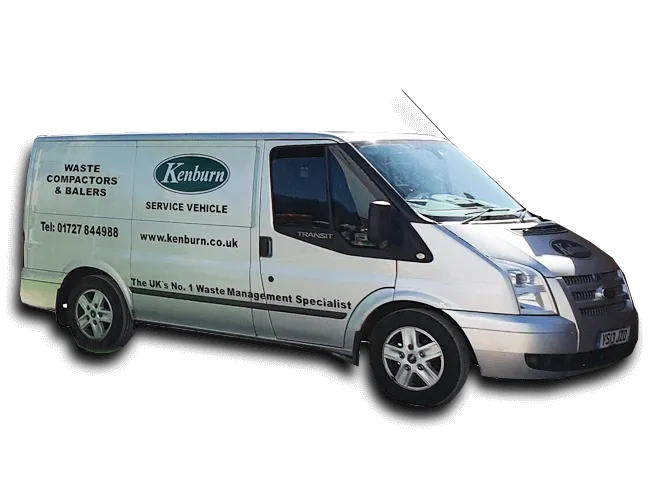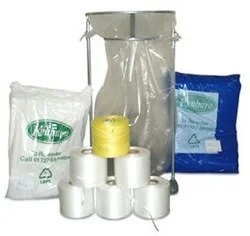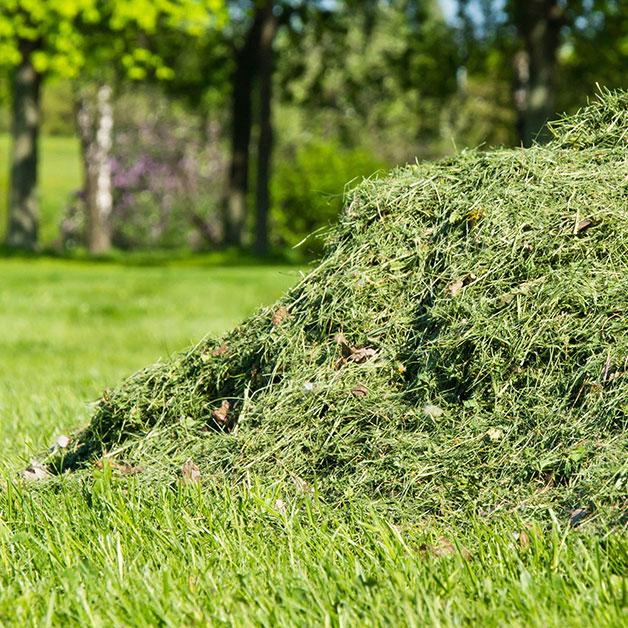 The UK generated a gargantuan 27.7 million tonnes worth of waste in 2016. Although this figure has substantially declined from the 32.8 million tonnes produced in 2012, it is essential that effective waste management techniques continue to develop, to help manage and reduce the volume of waste that goes to landfill.
The UK generated a gargantuan 27.7 million tonnes worth of waste in 2016. Although this figure has substantially declined from the 32.8 million tonnes produced in 2012, it is essential that effective waste management techniques continue to develop, to help manage and reduce the volume of waste that goes to landfill.
Waste management is essential to avoid adverse effects on animal habitats, human health, and our natural environment. It involves collecting, transporting, responsibly recycling, and monitoring all waste that human activity produces. But it is not only out of the good of our own heart businesses are doing it, there are now regulations that cover:
- Waste Collection
- Waste Transport
- Material Treatment
- Waste Disposal
Types of Waste Management
Over the course of history, businesses have taken several approaches to waste management, including:
- Landfill – a method which relies on burying waste material underground. Still one of the most used waste management methods in developing countries, landfill disposal is becoming less common now as space becomes scarcer. The presence of methane gas and other gases produced in landfill also causes contamination, air pollution and water pollution, which has a detrimental impact on both the environment and human and animal life.
- Incineration – also known as thermal treatment, this waste disposal method burns solid waste at high temperatures, before converting it into residue and gas. One of the main advantages of combustion is that it reduces the volume of solid waste by 20 – 30%, reducing reliance on landfill disposal. • Incineration – also known as thermal treatment, this waste disposal method burns solid waste at high temperatures, before converting it into residue and gas. One of the main advantages of combustion is that it reduces the volume of solid waste by 20 – 30%, reducing reliance on landfill disposal.
- Recovery and recycling – whereby discarded items are sourced for a specific new use. After processing, the to extract or recover materials, or convert energy into useable heat or fuel. The process aims to reduce energy usage, reduce the volume of landfill and decrease pollution and gas emissions • Recovery and recycling – whereby discarded items are sourced for a specific new use. After processing, the to extract or recover materials, or convert energy into useable heat or fuel. The process aims to reduce energy usage, reduce the volume of landfill and decrease pollution and gas emissions.
- Composting – a bio-degradation process that takes organic waste such as garden and kitchen waste and turns it into nutrient rich food for your plants. The process is often used in organic farming and is one of the best methods of waste disposal as it turns unsafe waste into safe compost. Downsides are that it is slow and takes up a lot of space.
- Waste to Energy (WTE) – converts non-recyclable waste into heat, electricity or fuel. A renewable energy source, this can be used over and again to create energy. It can also help to reduce carbon emissions by offsetting the need for energy from fossil sources.
- Avoidance/waste minimisation – essentially, the aim to reduce the creation of waste, therefore reducing the amount of waste going to landfill. Waste reduction includes recycling as much as possible, repairing items where possible to avoid buying new, reusing second hand items and choosing reusable products such as plastic bottles and containers, rather than using disposable versions. • Avoidance/waste minimisation – essentially, the aim to reduce the creation of waste, therefore reducing the amount of waste going to landfill. Waste reduction includes recycling as much as possible, repairing items where possible to avoid buying new, reusing second hand items and choosing reusable products such as plastic bottles and containers, rather than using disposable versions.
Recycling and composting are two of the best methods of waste management, as they allow waste to be reused for a different, effective purpose. Whether you use a domestic recycling service provided by your council or you take your recyclable waste to a public recycling centre, most domestic waste can be recycled, from paper, glass and plastic to waste food. Most recycled material is eventually re-used for its original purpose.
Methods of Waste Disposal
The method of waste management you choose for your business will depend on what you manufacture.
While general waste such as packaging can usually be recycled, some waste is categorised as hazardous and requires specialist handling to prevent contamination, such as medical waste. Separate methods of disposal such as incineration are used for soiled matter and sharps.
If your business produces a lot of packaging waste such as cardboard boxes and plastic trays, a waste baler is the ideal choice to save time, space and expenditure. Balers compact solid waste into blocks of recyclable material, reducing the storage space needed for waste material. They’re also the ideal way to increase efficiency, as they reduce the time it takes to compact waste material. Baled waste is easier and more economical for recycling services to collect.
Designed for optimum safety yet simple to use, Kenburn waste balers are efficient and low maintenance. Their low noise operation will minimise disruption in the workplace. Depending on the size of your business, you can choose to buy or rent a vertical baler or a horizontal baler.
Ideal for smaller businesses, our vertical balers are available in a range of sizes, from 30kg capacity up to a maximum capacity of 600kg. For larger businesses, a horizontal baler can run in a semi-continuous or continuous state, with a capacity from 250kg – 1000kg.
Using weights and pressure, waste compactors compress waste material to it takes up less space, making it cheaper and more environmentally friendly to dispose of, as less material heads to landfill.
The smaller size of the compressed waste material ensures it takes up less storage space in your business and you will also require fewer waste collections, saving on expenditure.

